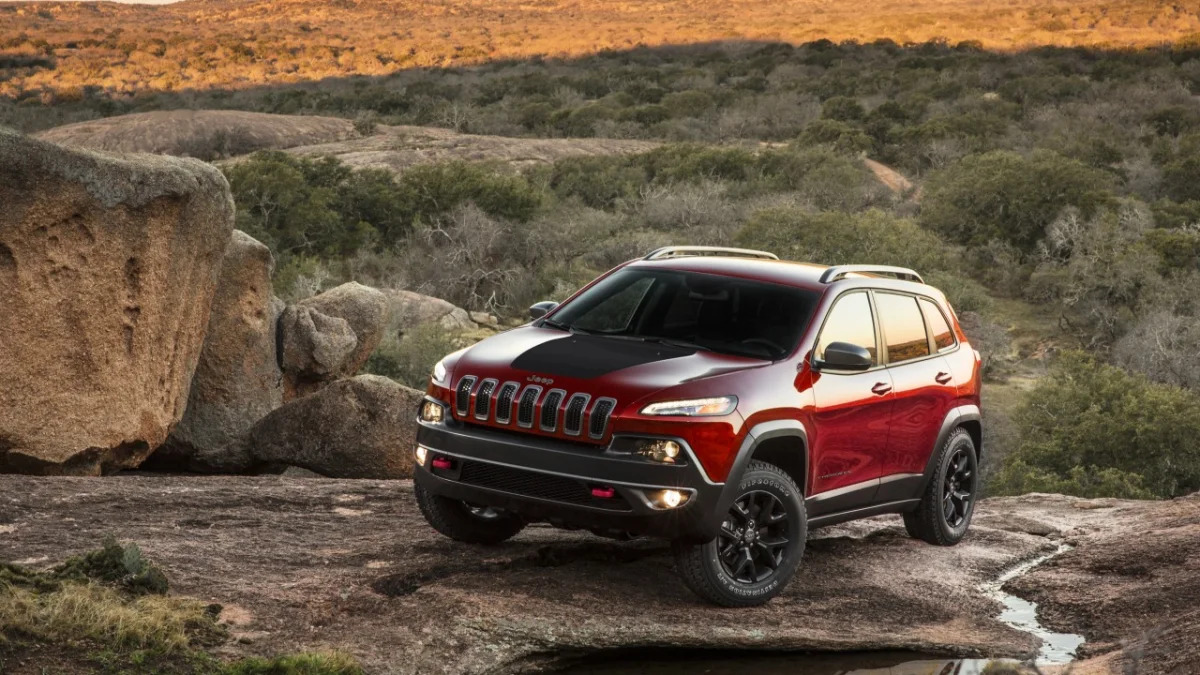We don't have any new supercars to show you today. No new Teslas or SUVs. No new engines or technologies. No mergers, acquisitions or big hires. What we have to tell you about is the coolant automakers are putting into their vehicles. Which may not sound so exciting, but it could mean a big difference for automakers – and for the environment.
That coolant is called 1234yf. It has a higher cost than the R134a commonly used in most vehicles, yet government regulators and automakers are scrambling to adopt it. Why? Because it is more environmentally friendly, and the EPA is offering automakers valuable credits which can help them shore up against tightening efficiency standards.
The commonly used R134a coolant has a global warming factor of 1,430, meaning that it traps 1,430 times more heat if released into the atmosphere than carbon dioxide. 1234Yf, however, has a rating of 1, meaning that can be no more harmful to the atmosphere than carbon dioxide. Of course that's only if the chemical were released, and most of the time it stays trapped inside a closed system. But manufacturing and maintenance errors can cause it to escape.
Unfortunately the new 1234yf is ten times more expensive than the existing R134a, and requires manufacturers, dealers and repair shops to upgrade their equipment. Which is one reason that companies like Daimler are opposed to its use, proposing instead to use a carbon dioxide-based air conditioning system. But that's not the only reason Daimler is opposed to 1234yf.
The German automaker also conducted a study showing the new coolant to be more combustible and toxic than existing coolants. However further analysis by SAE International and by German environmental agency KBA refuted Daimler's findings, even suggesting that Daimler had rigged the study.
Currently Daimler's former partner Chrysler is among the leaders in implementing the use of 1234yf, injecting the coolant into the air-con systems on the new Jeep Cherokee, Chrysler 300 and Dodge Charger and Challenger, with the Dodge Dart and Ram 1500 set to follow. The Honda Fit EV, Range Rover and Range Rover Sport, Cadillac XTS and Chevy Spark EV have also made the switch, but we can expect more to follow in the coming years.
That coolant is called 1234yf. It has a higher cost than the R134a commonly used in most vehicles, yet government regulators and automakers are scrambling to adopt it. Why? Because it is more environmentally friendly, and the EPA is offering automakers valuable credits which can help them shore up against tightening efficiency standards.
The commonly used R134a coolant has a global warming factor of 1,430, meaning that it traps 1,430 times more heat if released into the atmosphere than carbon dioxide. 1234Yf, however, has a rating of 1, meaning that can be no more harmful to the atmosphere than carbon dioxide. Of course that's only if the chemical were released, and most of the time it stays trapped inside a closed system. But manufacturing and maintenance errors can cause it to escape.
Unfortunately the new 1234yf is ten times more expensive than the existing R134a, and requires manufacturers, dealers and repair shops to upgrade their equipment. Which is one reason that companies like Daimler are opposed to its use, proposing instead to use a carbon dioxide-based air conditioning system. But that's not the only reason Daimler is opposed to 1234yf.
The German automaker also conducted a study showing the new coolant to be more combustible and toxic than existing coolants. However further analysis by SAE International and by German environmental agency KBA refuted Daimler's findings, even suggesting that Daimler had rigged the study.
Currently Daimler's former partner Chrysler is among the leaders in implementing the use of 1234yf, injecting the coolant into the air-con systems on the new Jeep Cherokee, Chrysler 300 and Dodge Charger and Challenger, with the Dodge Dart and Ram 1500 set to follow. The Honda Fit EV, Range Rover and Range Rover Sport, Cadillac XTS and Chevy Spark EV have also made the switch, but we can expect more to follow in the coming years.










Sign in to post
Please sign in to leave a comment.
Continue